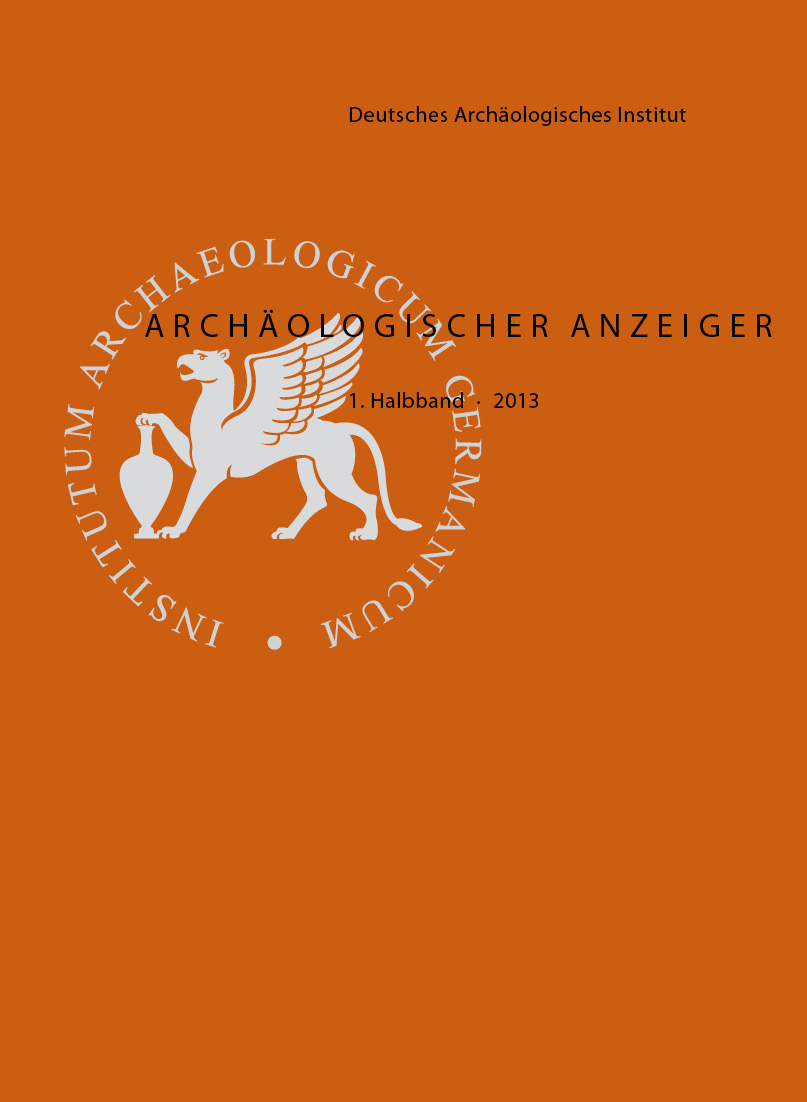Projects at Boğazköy-Ḫattuša in 2012
https://doi.org/10.34780/1cv1-vc4a
Abstract
In 2012, the work concentrated on restoring the monumental Postern Wall with the aim of opening up the unique Bronze Age defensive structure for tourism. A copy of the sphinx that has returned from Berlin has been erected at its finding place, a move that is likewise intended to make the ruins of the ancient city more attractive to visitors. The chronological framework for the Lower City has increased in density thanks to radio carbon datings acquired from excavations in recent years. The analysis of the pottery not only demonstrates that the statistical method developed by Ulf-Dietrich Schoop for ceramics processing can be transferred to other fields, but it also permits the chronological determination of Hittite occupancy and of the structure between the South Area and the Postern Wall as well as Kesikkaya. The complete documentation of the wall painting fragments from Ḫattuša has made this material group available to researchers in systematic form for the first time and moreover reveals the potential of trans-regional comparison. While these materials underline the internationality of the city, the initial results of the mineralogical investigations of the pottery indicate that it must have retained a very strongly local character throughout all periods.
Keywords:
Ḫattuša, kārum Period, restoration, Sphinx Gate, ceramics, wall painting





